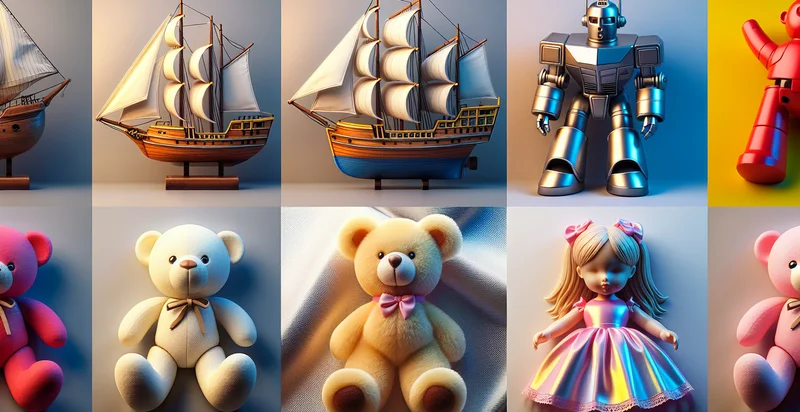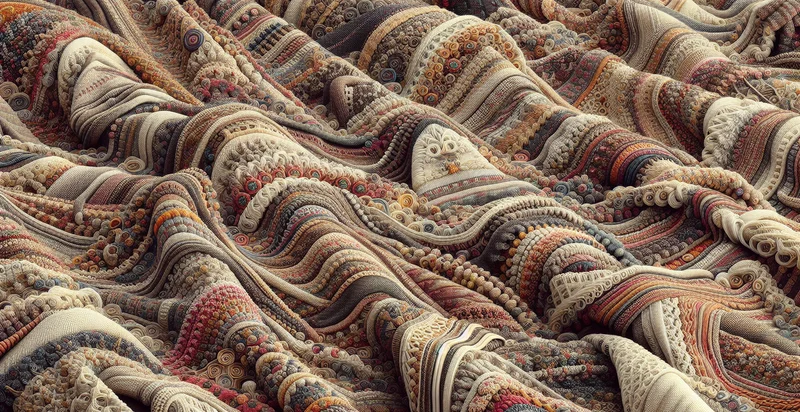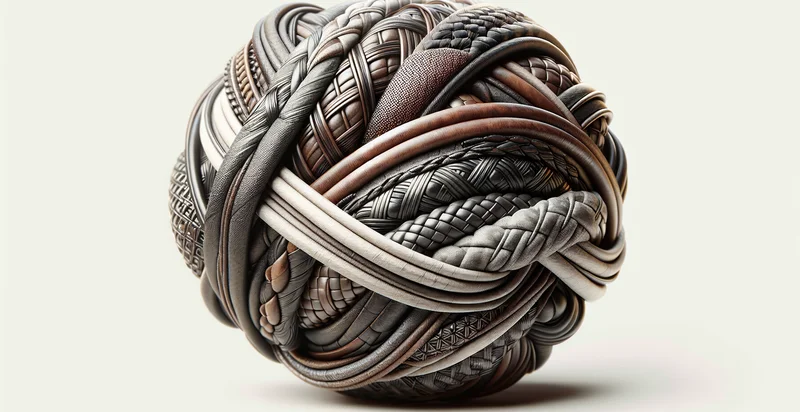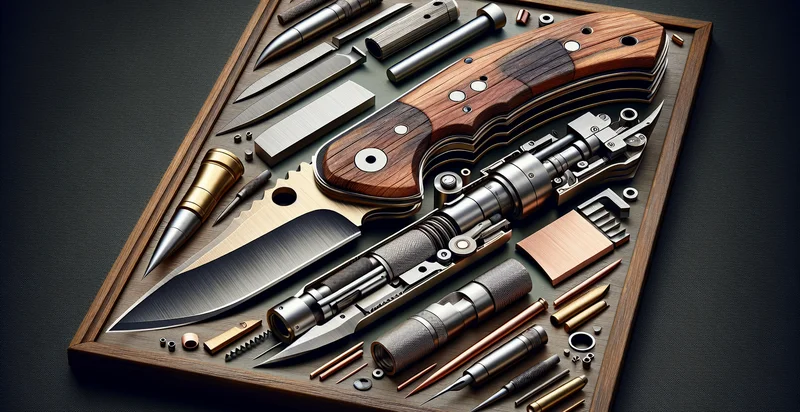Identify what material a toy is made from
using AI
Below is a free classifier to identify what material a toy is made from. Just upload your image, and our AI will predict what material a toy is made from - in just seconds.

Contact us for API access
Or, use Nyckel to build highly-accurate custom classifiers in just minutes. No PhD required.
Get started
import nyckel
credentials = nyckel.Credentials("YOUR_CLIENT_ID", "YOUR_CLIENT_SECRET")
nyckel.invoke("what-material-a-toy-is-made-from", "your_image_url", credentials)
fetch('https://www.nyckel.com/v1/functions/what-material-a-toy-is-made-from/invoke', {
method: 'POST',
headers: {
'Authorization': 'Bearer ' + 'YOUR_BEARER_TOKEN',
'Content-Type': 'application/json',
},
body: JSON.stringify(
{"data": "your_image_url"}
)
})
.then(response => response.json())
.then(data => console.log(data));
curl -X POST \
-H "Content-Type: application/json" \
-H "Authorization: Bearer YOUR_BEARER_TOKEN" \
-d '{"data": "your_image_url"}' \
https://www.nyckel.com/v1/functions/what-material-a-toy-is-made-from/invoke
How this classifier works
To start, upload your image. Our AI tool will then predict what material a toy is made from.
This pretrained image model uses a Nyckel-created dataset and has 20 labels, including Bamboo, Cardboard, Ceramic, Composite Material, Fabric, Foam, Glass, Leather, Metal and Natural Fiber.
We'll also show a confidence score (the higher the number, the more confident the AI model is around what material a toy is made from).
Whether you're just curious or building what material a toy is made from detection into your application, we hope our classifier proves helpful.
Related Classifiers
Need to identify what material a toy is made from at scale?
Get API or Zapier access to this classifier for free. It's perfect for:
- Quality Control in Manufacturing: This function can be implemented in manufacturing plants to ensure that toys are made from the correct materials as per safety regulations. By identifying material compositions, manufacturers can promptly remove non-compliant products from the production line, reducing the risk of recalls and enhancing product safety.
- E-commerce Product Verification: Online retailers can use the image classification function to verify the material of toys listed on their platforms. This will help in maintaining consistency and transparency about the products they offer, ensuring that customers receive accurate information, which can enhance trust and reduce return rates.
- Regulatory Compliance: Toy manufacturers can utilize this function to ensure that the materials used in their products comply with local and international safety standards. By confirming material authenticity before products hit the market, businesses can avoid legal penalties and bolster their reputation.
- Eco-friendly Certification: Companies committed to sustainability can use this function to classify materials and highlight eco-friendly options. This capability would aid consumers in making informed decisions by identifying toys made from recycled or biodegradable materials, aligning with growing consumer demand for sustainable products.
- Inventory Management: Retailers can incorporate this classification function into their inventory systems to categorize toys based on material types. By doing this, they can optimize stock levels and improve inventory turnover, especially for specific material categories that might be trending or in higher demand.
- Consumer Education: Manufacturers and retailers can provide consumers with information pertaining to toy materials through an interactive feature using this classification function. By educating consumers on the benefits and risks associated with different materials, companies can promote safer choices and increase customer satisfaction.
- Claims and Warranty Management: In case of customer complaints or product failures, this classification function can assist in identifying the materials used in the toy. This information will help companies address warranty claims more accurately, ensuring better customer service and potentially reducing costs related to product liability.


